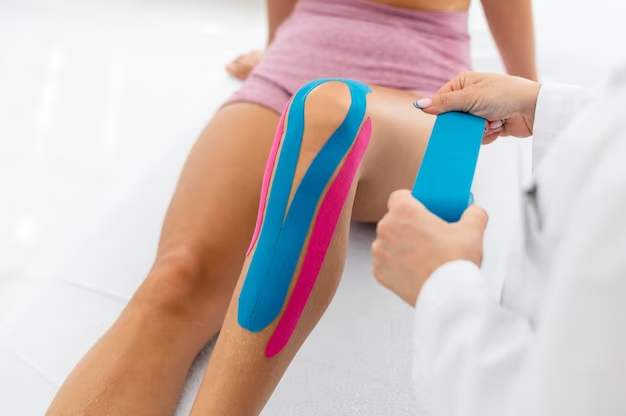
Kinesio Taping History
Kinesiology taping, or “KT” as it is commonly known, has been used for a long time to prevent and treat sporting injuries. The original intent of the Japanese Chiropractor Dr Kenzo Kase in developing this therapeutic tool was with the intention that his invention would alleviate pain through improved circulation within soft tissues.There are numerous advantages of using kt, including:
- Proprioceptive facilitation;
- Reduced muscle fatigue ;
Greater torque production by fast-twitch muscles due to increased blood flow during training sessions allows athletes to perform better at their peak level both now.

